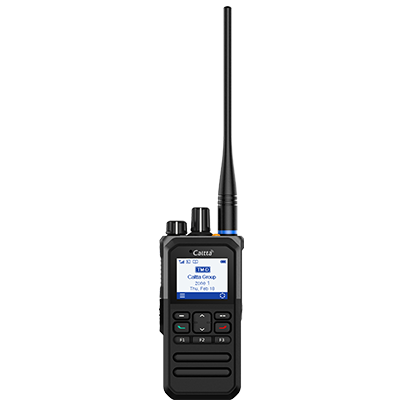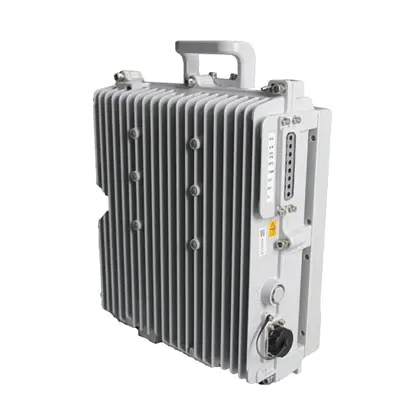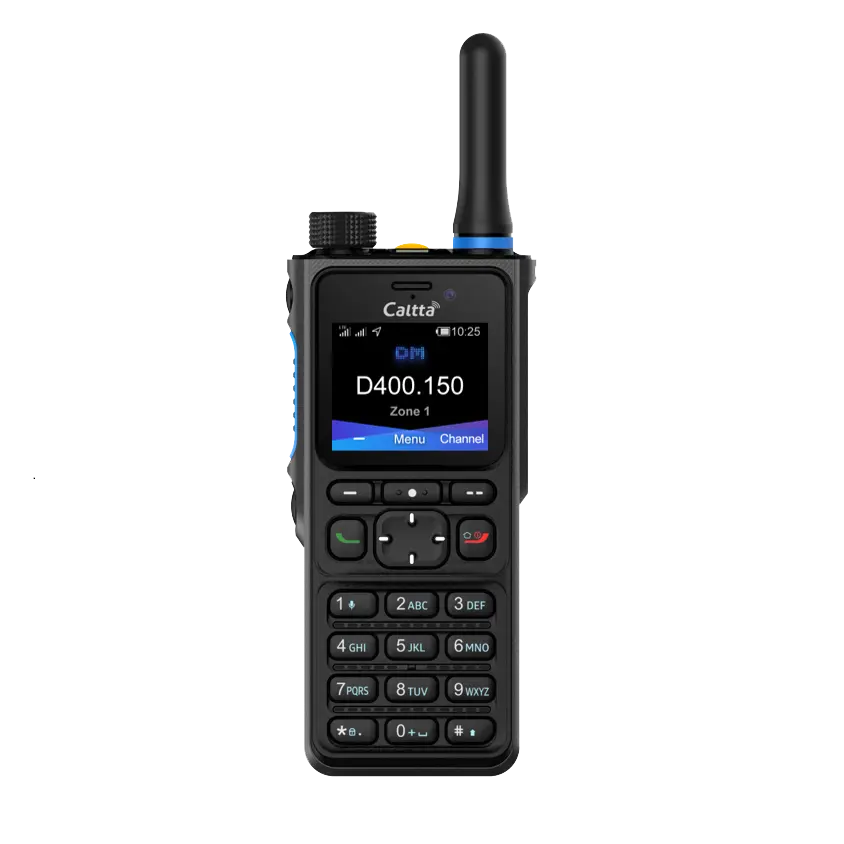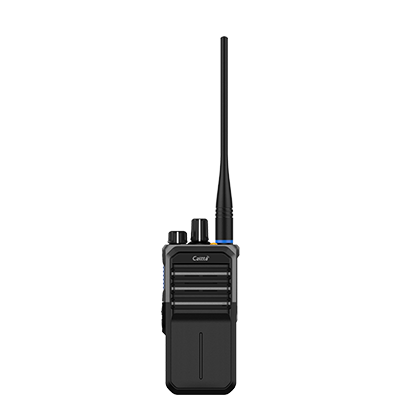Mobile devices have long faced the problem of short battery life, and previously, a battery had very limited additional talk time after being fully charged.
However, dual time slots have emerged to solve this problem, because each call only uses one of the time slots, so it only requires half the capacity of the transmitter. The time slots are "replaced" for use, so the transmitter is idle for half of the time.
For example, in a typical duty cycle, 5% is used for transmission, 5% for reception, and the remaining 90% is on standby. The transmit function consumes a large amount of battery power, but by reasonably and effectively halving the transmit time, dual time slots can provide 40% longer talk time than analog wireless communication.
The overall power consumption of each call is reduced, resulting in increased usage time and longer intervals between charging. Modern digital devices also include sleep and power management technologies, which can further increase the battery life cycle.
With the above power efficiency improvements, users of the DMR trunking system can create a more concise and environmentally-friendly wireless communication network, and wireless communication itself can also enjoy the benefits of a longer battery life cycle.
In analog channels, voice signals are easily monitored. However, by fully utilizing DMR's advanced digital technology, voice signals cannot be monitored if the signaling or ID does not match, thus ensuring maximum privacy of user communication.
The end-to-end digital characteristics of the DMR digital mobile radio system make it easy to implement applications such as text messaging, GPS, telemetry, etc.
This is because the DMR standard also supports the transmission of IP data information, which simplifies the development of standard applications. In the current surge in data and voice communication demands, having this capability means you can add more types of data applications to your system and achieve a higher return on investment.
DMR can operate in analog or digital mode, so you don't need to worry about its compatibility with the analog system you are using. Just enjoy the benefits it provides. In addition, the migration scope allowed by the DMR system includes: transitioning one radio device at a time, transitioning one channel at a time, or transitioning the entire system at once.
This is because DMR is a completely open standard and has support from many vendors, so consumers do not need to worry about supply disruptions. So far, the DMR system has become the most widely adopted digital two-way wireless communication system and has a large number of active users in over 100 countries and regions. It is the market-leading digital technology.



Copyright © Caltta Technologies Co., Ltd. All Rights Reserved.
+86-0755-86556659




